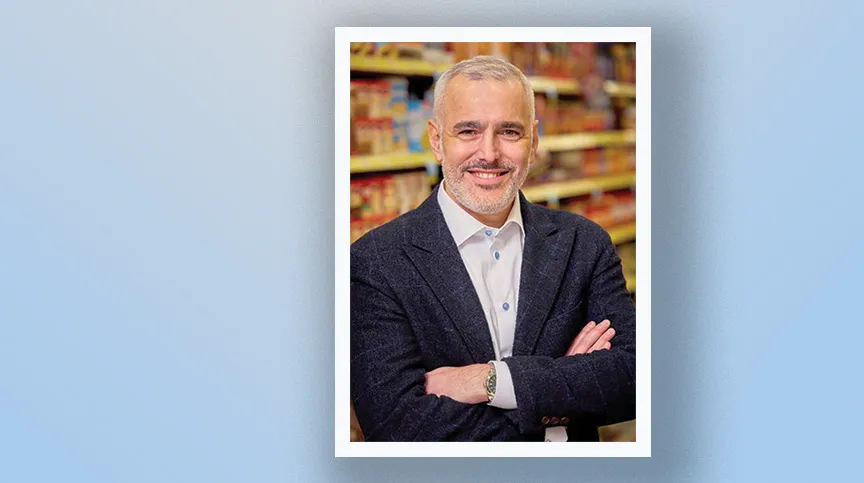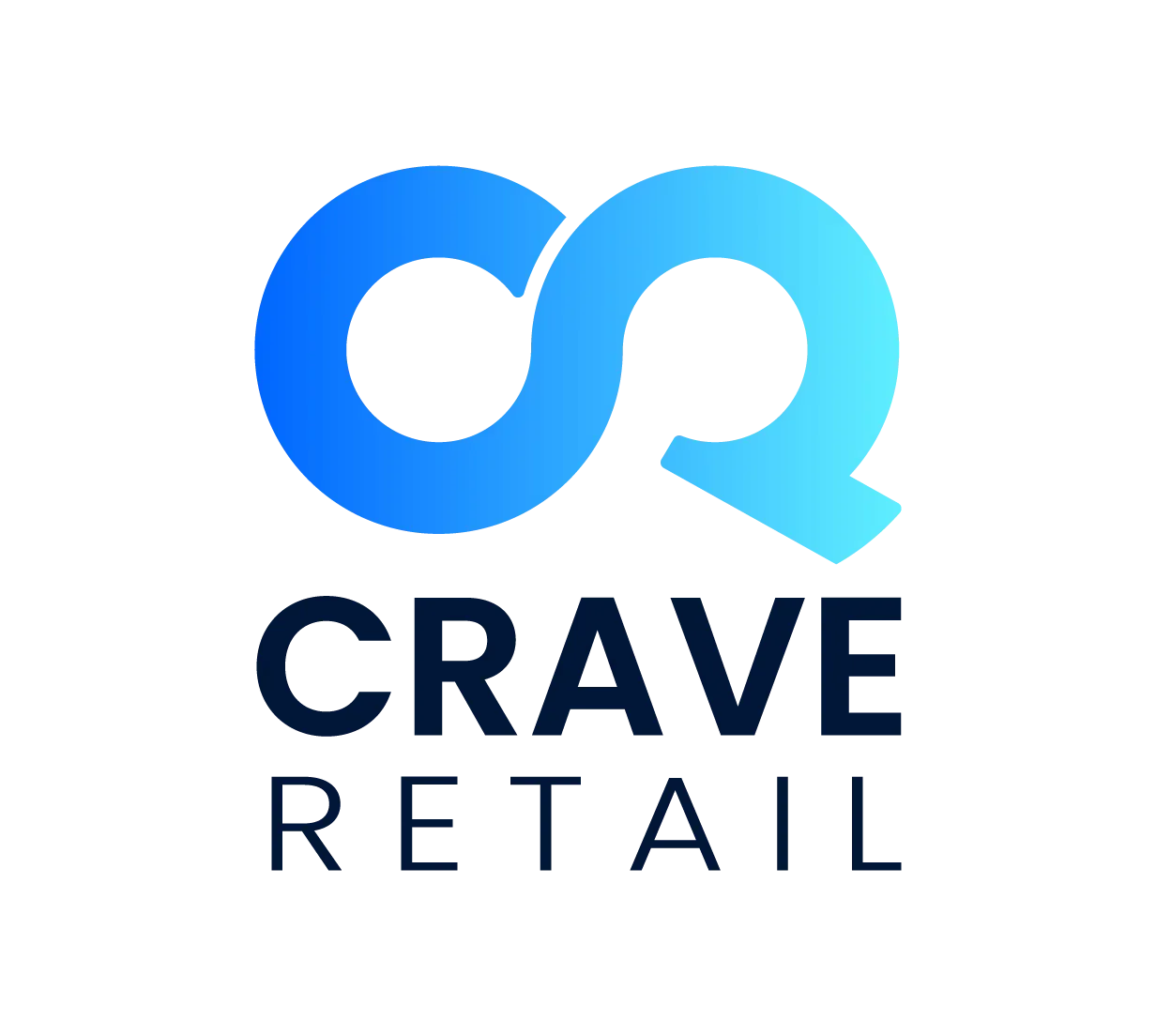“Change before you have to,” former GE CEO Jack Welch always urged. Sound advice. I don’t have to tell you we’re in the midst of some seismic shifts that will drastically change the way we do business over the next decade. It’s already clear we need to shake up much of our current way of operating. Now. We’re very rapidly moving from a “mass” to “micro” retail mindset. And it’s all about the base – a radically different consumer base, that is.
 It’s a significantly more diverse base, as Deloitte tells us; while 75% of Baby Boomers were white, that percentage drops to about 50% with Gen Z. They’re also consumers who throw convention by the wayside, they’re delaying marriage, home ownership and children, and embracing work-from-home. They research before buying, and their social values often impact purchase. Not only that, where they buy is completely different.
It’s a significantly more diverse base, as Deloitte tells us; while 75% of Baby Boomers were white, that percentage drops to about 50% with Gen Z. They’re also consumers who throw convention by the wayside, they’re delaying marriage, home ownership and children, and embracing work-from-home. They research before buying, and their social values often impact purchase. Not only that, where they buy is completely different.
No wonder that while every major retailer at this year’s NACDS Annual was talking Omni, it means different things to different retailers and their consumers. Yet they’reallseeing ever-increasing levels of on-demand personalization. So, lots of new opportunities to market to microsegments of the market (and of course, significant new challenges on the supply side). Some things to think about:
Hyper-personalization. We know personalized content’s an important driver for brand consideration and repurchase intent. As first-party data analytics and AI advance over the next few years, consider: Should I be using geotargeting and microsegmentation to tap into new growth opportunities? Is my organization prepared — from both a technology and skillset perspective — to take advantage of new opportunities for customized product recommendations, personalized email marketing and advertising? This type of communication also needs to be genuine and authentic, or risk being rejected. If not, it’s time to look at P&L to shift investments into technology and upskilling while developing a crisp strategic message.
“Life is a journey to be experienced,” something this generation takes to heart. We all need to keep upping our game to provide compelling brand experiences. Look at how appropriate investments in Online, Augmented Reality and Virtual Reality technology may further increase engagement and value in the future. At Brick and Mortar, keep an eye on evolving in-store experiential advancements, like advanced interactive displays that may eventually be hyper-customized for loyalty customers. Ensure you’re fully utilizing the thing in everyone’s pocket, their smartphone!
The age of AI is here. (Maybe you heard?) At every meeting, every trade show, AI inevitably comes up. It’s already changing retail and will continue to do so. Smart omni leaders are taking the time now to evaluate its future implications, from inventory management and supply chain operations, to pricing, to consumer loyalty and messaging. Don’t delay; this disruptor is already taking hold very fast!
Supply 2.0. Manufacturers must be agile enough to deliver on the continually emerging, diverse needs of the new base. Legacy systems and processes just won’t be able to deliver. It’s time to see how you need to operate differently. Ensure you have real-time data for improved demand forecasting, with end-to-end transparency and risk monitoring to avoid shortages and overstocks, and ensure business continuity. Think about how you can “localize” your supply chain and deliver quickly. Retailers like Walmart, Albertsons and Best Buy are already transforming a percentage of their retail space into micro-fulfillment centers to fill online orders, as well as offering curbside pick-up. Expect this trend to continue. Do you have the advanced data needed to work efficiently in this complex distribution model?
Take Revenue Growth Management (RGM) to the next level. Next-gen RGM strategies based on occasion and consumer need, supported by advanced analytics, will be critical. Take a long-term approach to pricing, promotion, price pack architecture, trade terms, distribution, and your new product pipeline. We help our clients to assess: Does our process have the agility and flexibility needed to respond quickly to external changes? Do our strategies present long-term margin opportunities?
In the end, it’s all about the base and refocusing technology, data, analytics, supply and talent strategies to support their diverse and dynamic needs and wants. It’s more important than ever to “look around the corner” and strategize from a position of strength. I guess you could try to play it safe until it all shakes out, but that story probably doesn’t end well. Plan to stay ahead of the curve and change before you’re forced, to remain relevant and thrive in the future.






